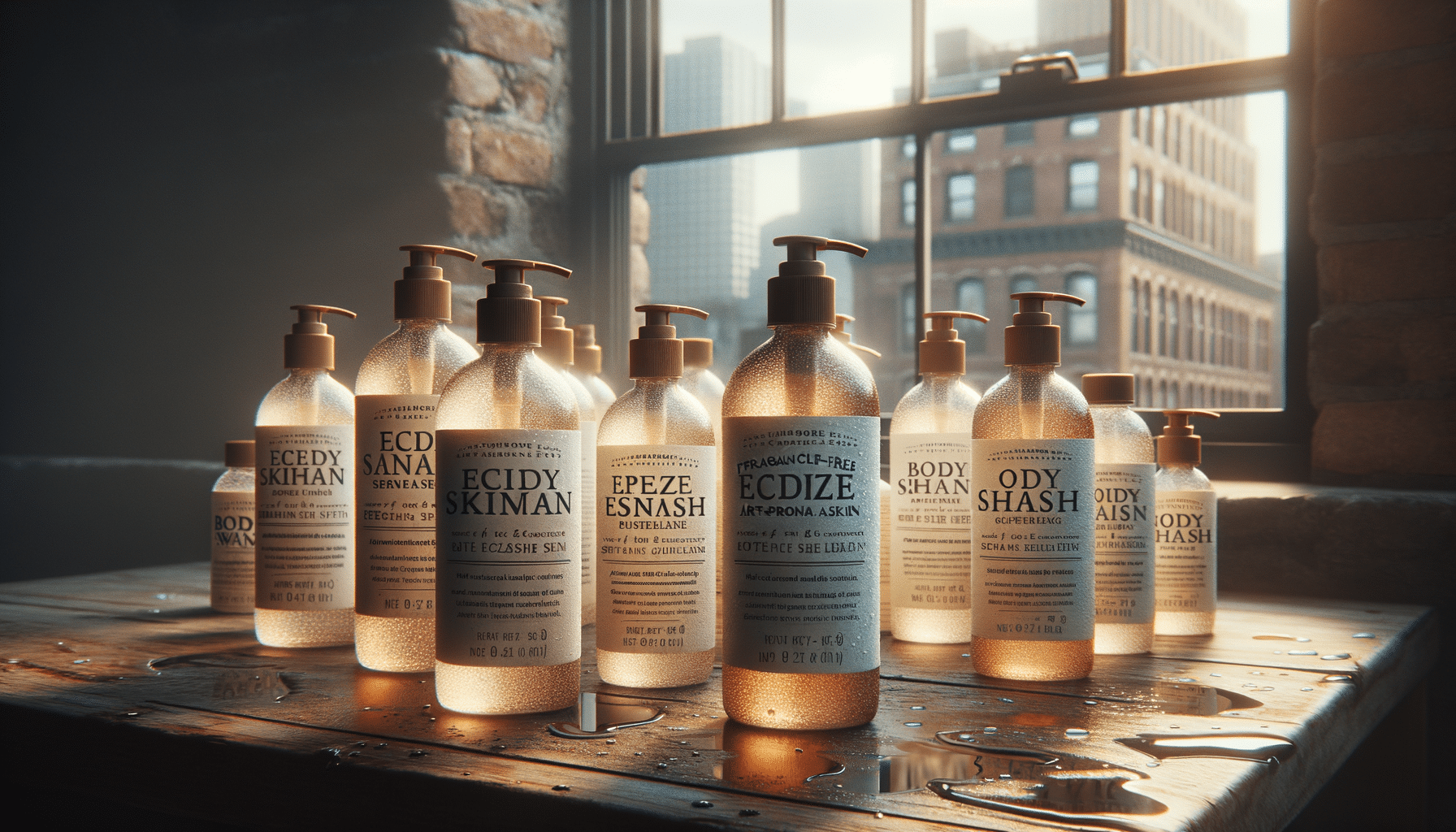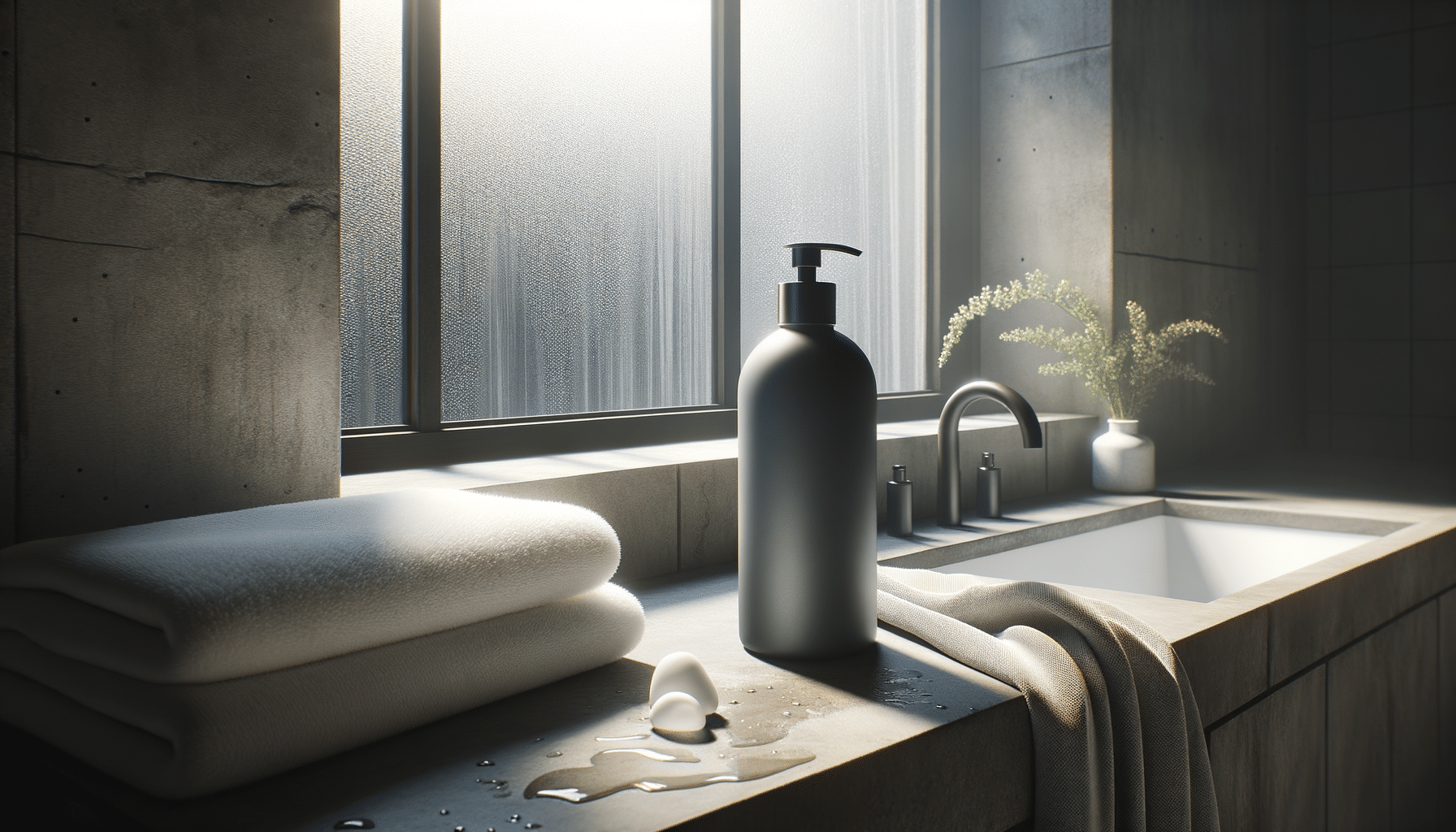
ILO and Workers’ Rights: New Directions for Labor Movements
The International Labour Organization (ILO) has long been at the forefront of advocating for workers’ rights, shaping policies and standards that impact the global workforce. As labor movements evolve, the ILO’s role continues to adapt, addressing new challenges in an ever-changing world.
Understanding the ILO’s Role
The ILO is a specialized agency of the United Nations dedicated to promoting social justice and internationally recognized human and labor rights. Established in 1919, its mission is to advance opportunities for women and men to obtain decent and productive work in conditions of freedom, equity, security, and dignity.
Expert Opinions on Current Trends
According to Marie-Claire Sweeny, a labor economist, “The ILO’s efforts are crucial in addressing modern labor issues such as the gig economy and digitalization.” These emerging trends require new frameworks to ensure workers’ rights are protected, highlighting the ILO’s adaptability. The organization is actively working on initiatives to address these challenges, ensuring that labor standards keep pace with technological advancements.
Statistics Highlighting the Need for Change
| Global Workforce Statistics | Percentage |
|---|---|
| Informal Employment | 60% |
| Workers in the Gig Economy | 30% |
| Workers with No Social Protection | 50% |
| Gender Pay Gap | 20% |
| Child Labor | 10% |
| Unemployment Rate (Global) | 5.4% |
| Youth Unemployment | 14% |
| Workers in Poverty | 8% |
Personal Experiences: Workers’ Stories
Consider the story of Carlos, a delivery driver in the gig economy, who faces irregular work hours and lacks access to benefits. His experience underscores the need for stronger labor rights and protections, which the ILO is striving to address through its policies.
Actionable Steps for Supporting Workers’ Rights
- Advocate for updated labor policies that reflect current economic realities.
- Support organizations and initiatives that promote fair labor practices.
- Educate oneself and others about workers’ rights and the importance of the ILO’s work.
Conclusion: Moving Forward with the ILO
The ILO’s commitment to workers’ rights remains steadfast, evolving to meet the demands of the modern workforce. By supporting the ILO’s efforts and advocating for change, we contribute to a world where every worker is treated with dignity and respect.
Frequently Asked Questions
What is the main goal of the ILO?
The ILO aims to promote social justice and internationally recognized human and labor rights.
How does the ILO influence global labor standards?
The ILO develops policies and sets international labor standards to protect workers’ rights across the globe.
What are the current challenges facing the ILO?
The ILO is addressing challenges such as the gig economy, digitalization, and the need for updated labor protections.
How can individuals support the ILO’s mission?
Individuals can support by advocating for fair labor practices, educating themselves about workers’ rights, and engaging with local labor movements.

